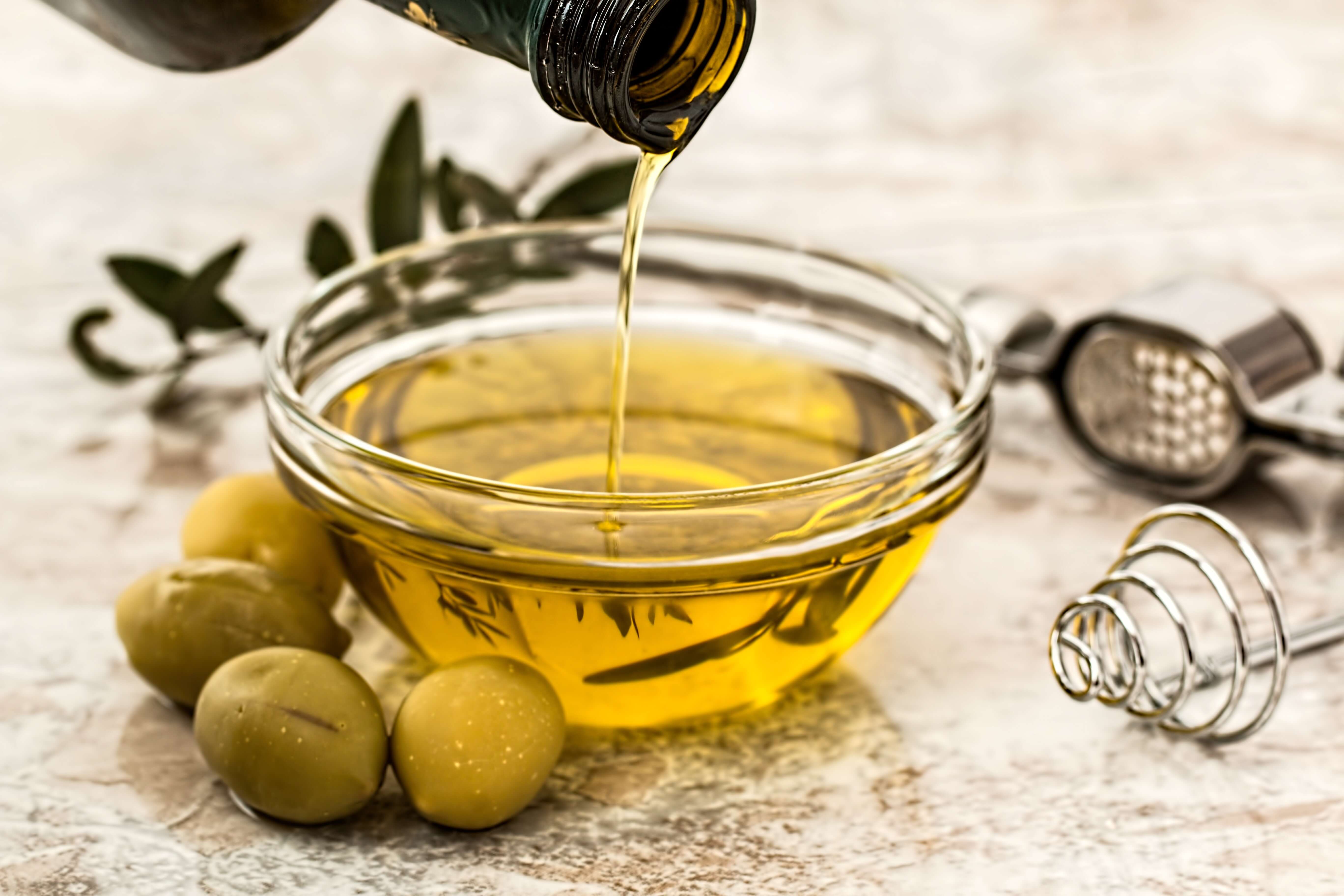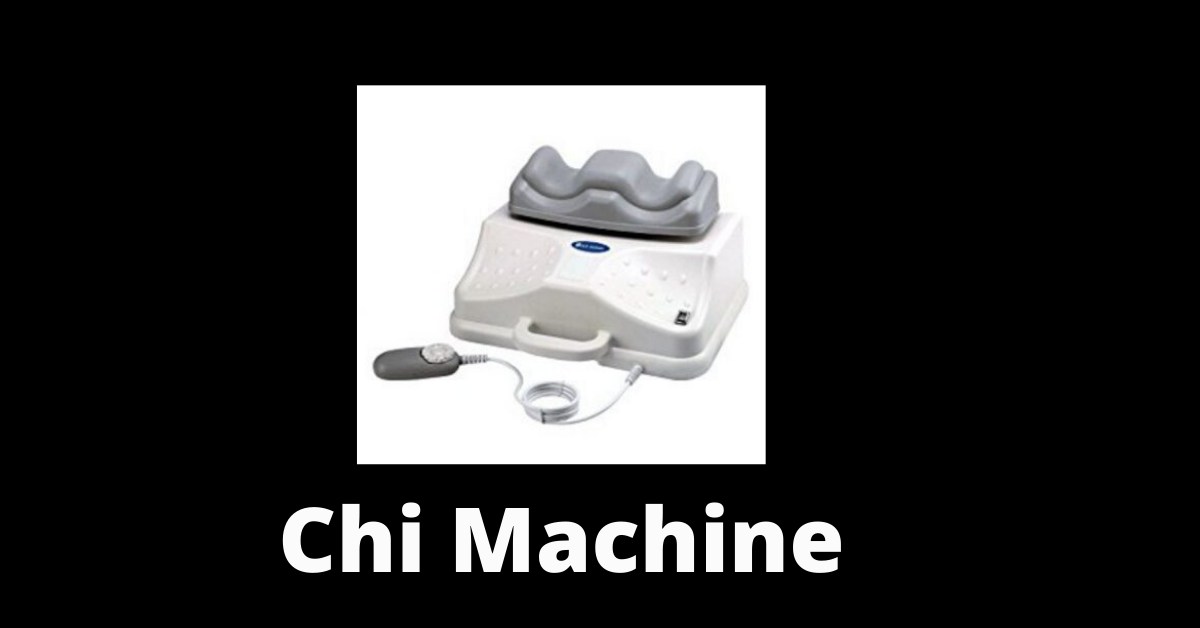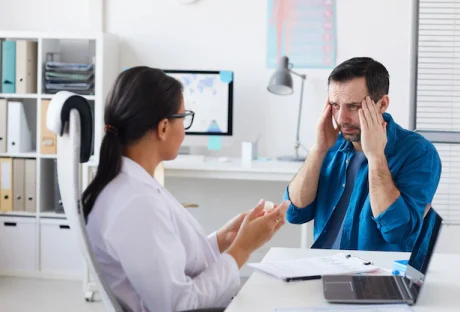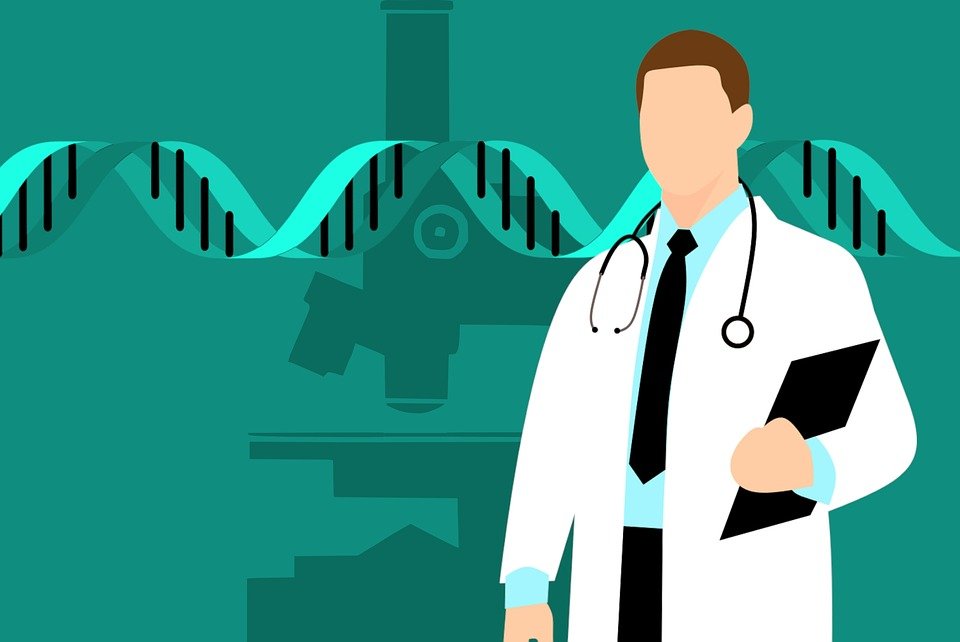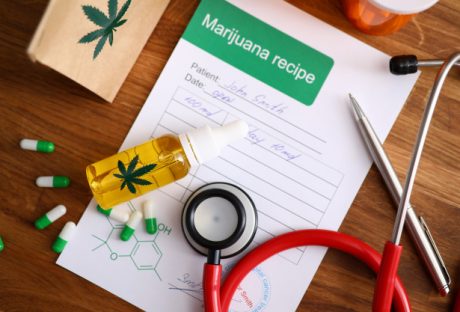Coffee is the favorite beverage of a large number of individuals all over the world. But, there is more to coffee beans that just the coffee beverage. There are multiple uses of old coffee beans and some of them are stated in the below section.
Contents
1. Reducing Cellulite:
Cellulite is a condition of obesity and a lot of people are suffering from it throughout the world and most of the treatments of cellulite are extremely pricey. You can use old coffee beans for treating this condition and witness significant results in no time. For preparing your own cellulite treatment cream with coarsely crushed coffee beans, mix used coffee beans with coconut oil and gently massage it on the affected area.
2. Painting:
The original coffee color is ever so alluring and people try to create the same color by mixing and combining different shades of colors. You can use coffee beans for painting and get the exact coffee color on your canvas. You can use your old coffee beans and crush them to create a fine powder and then mix them in warm water to use it as a paint.
3. Repel Ant Colonies:
Ants detest coffee beans, the specific reason behind the same is not yet discovered. It can either be due to the smell or the color or any other thing related to the coffee beans. The best thing that you do to repel the ants is to use the coffee beans at places where you find the trail of ants.
4. Get Soft And Shiny Hair:
Very few people are aware of the wondrous effects that coffee leaves on the hair of the humans. It helps in maintaining shiny hair and also to remove the residual hair styling product that is left in your hair. You can use them for massaging your hair thoroughly using these ground coffee beans before washing your hair with shampoo.
5. Exfoliate And Rejuvenate Skin:
Coffee can make a great skin exfoliator and can exfoliate even the deepest pores of your skin. Mixing coffee with a bit of lemon juice and then using it as an exfoliator or scrub over your skin will lead you to significant results in your skin. The rejuvenation properties of coffee are extremely strong and will elicit a natural glow on your face.
6. Use it in your compost:
When it comes to compost, we all use different things but mostly the usual things in the compost. Old coffee beans are the ideal material to be used in the compost as they are completely biodegradable.
7. Use As Air Freshener:
Most of the coffee lovers find its fragrance majestic and if you too are a caffeine addict then you surely are a big fan of the smell too. You can use the smell from the coffee beans to prepare your own room or air purifier by using the method mentioned here.
Coffee beans are undoubtedly extremely beneficial and can be used for multiple purposes. Mentioned above are some of the major uses of coffee beans.
Read Also :














